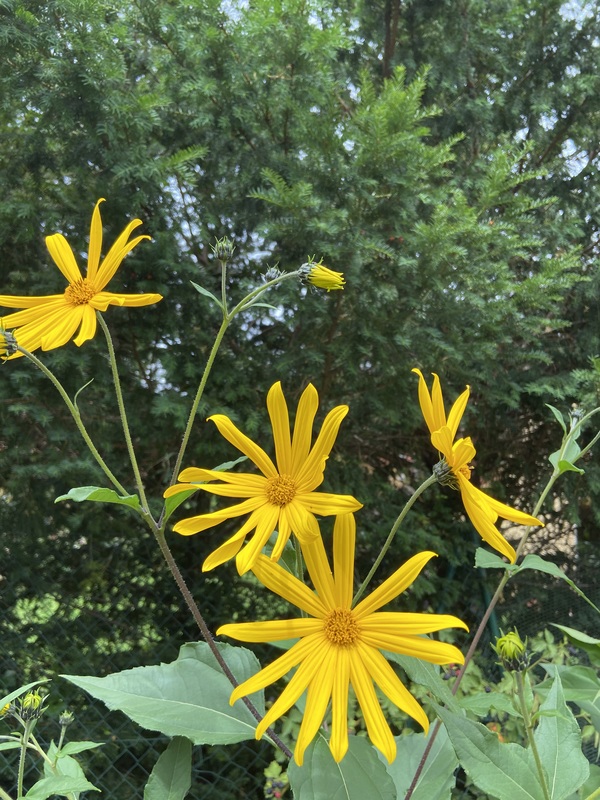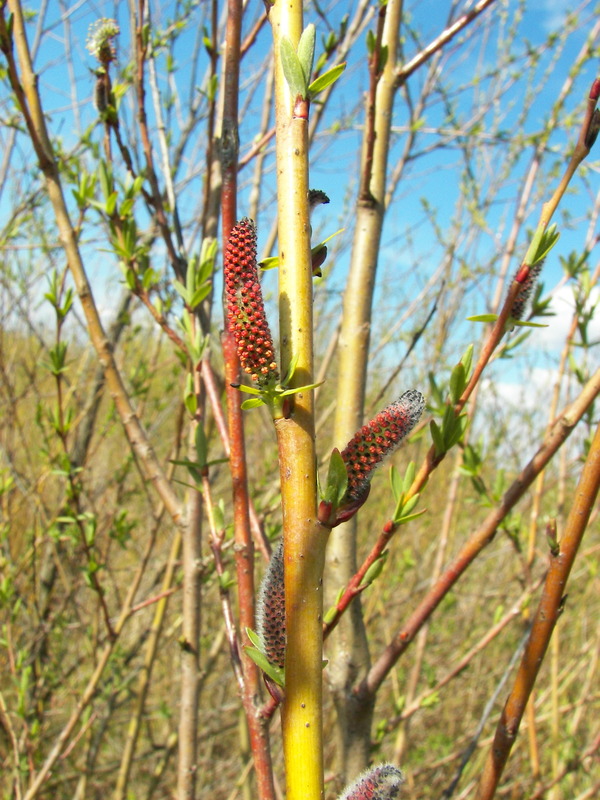Description
Silver Maple (Acer saccharinum) is a large, fast-growing tree native to eastern North America. It is typically found in damp or wet soils near streams, rivers, and other bodies of water.
The Silver Maple has a distinctive appearance, with smooth, silvery-gray bark and long, slender branches. The leaves are lobed and have a silvery-white underside, which gives the tree its common name. The tree produces small, greenish-yellow flowers in the spring, followed by pairs of winged seeds.
The Silver Maple can grow to a height of 60-75 feet and has a spreading, rounded crown. It is a fast-growing tree, with some specimens reportedly growing up to three feet per year.
The Silver Maple is often confused with the Red Maple (Acer rubrum), but can be distinguished by its silvery-gray bark and silvery-white undersides of its leaves. The Red Maple has reddish-brown bark and reddish undersides to its leaves.
The Silver Maple prefers moist, well-drained soils and can tolerate a wide range of soil conditions. It is tolerant of drought and pollution, making it a good choice for urban environments. To cultivate the Silver Maple successfully, it is important to provide it with ample moisture and to protect it from strong winds, which can damage its delicate branches.
The Silver Maple is not generally considered to be edible, although some Native American tribes reportedly used the sap as a source of sugar. The tree is not known to have any medicinal uses.
However, the Silver Maple does have some practical uses. Its wood is strong and flexible, and is sometimes used in the manufacture of furniture and other wooden items. The tree’s roots are also shallow, making it useful for stabilizing banks and preventing erosion.
The Silver Maple is an important source of food and shelter for wildlife, including birds, squirrels, and rabbits. Its seeds are a favorite food of many species of birds, and its dense, spreading crown provides cover and nesting sites.
In summary, the Silver Maple is a large, fast-growing tree native to eastern North America. It has a distinctive appearance and is tolerant of a wide range of soil conditions. It is not edible, but has some practical uses and is valued by wildlife.

